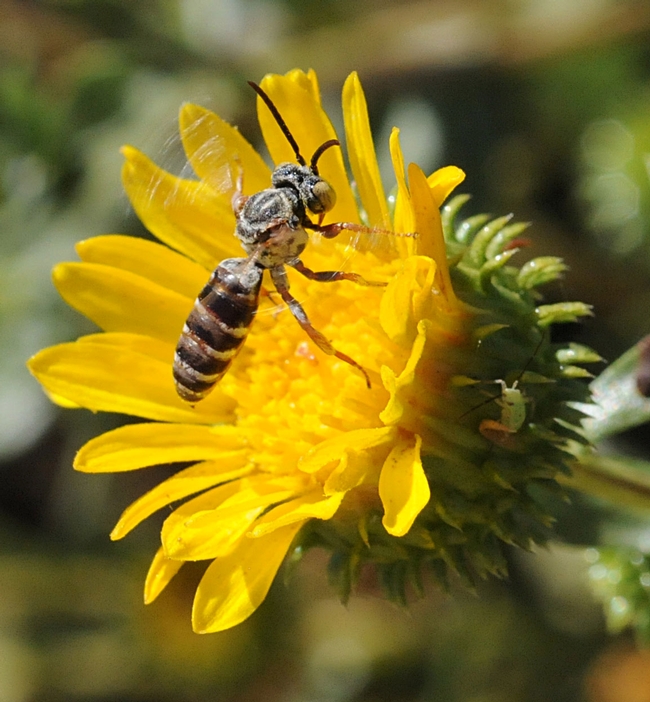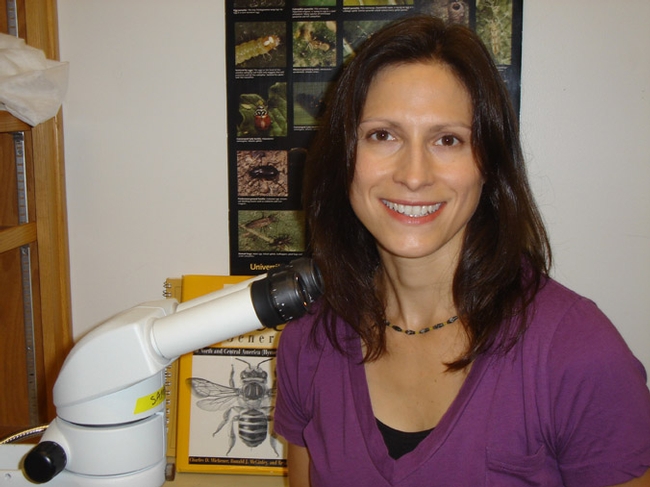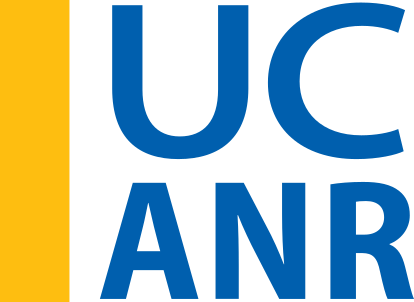- Author: Kathy Keatley Garvey
The University of California, Davis, is a world leader in seed, plant and agricultural sciences. Some 100 seed and seed-related companies are located near UC Davis and benefit greatly from its proximity, but the influence of UC Davis extends throughout the USA and far beyond.--Seed Central.
So it stands to reason that Extension apiculturist Eric Mussen of the UC Davis Department of Entomology and Nematology will keynote a Seed Central-affiliated conference on Thursday, April 10 on the Davis campus. He'll speak on "Honey Bees in Seed Crop Pollination" at 6 p.m. in the UC Davis Conference Center.
Mussen serves as the Extension apiculturist for the entire state, but is also involved at the national and global level.
Seed Central is co-organizing the two-day conference (which ends April 10) with the UC Davis College of Agricultural and Environmental Sciences. This is the Veg Research and Development Forum, an annual meeting of the research managers of vegetable seed companies with breeding activities for the North American market. Its purpose, according to the Seed Central website: "to enable discussion among research managers of long-term, pre-competitive research topics and research-related policy issues of importance to the North American vegetable seed industry. Attendance includes invited participation with university scientists, technology providers to the seed industry and members of the downstream agriculture and food industries."
If you've ever seen honey bees pollinating an onion umbel (flowering head), they're a joy to watch. The bees come in twos and threes, buzzing up, around, over and under. It's their world on a string. A globe on a stalk. A bee-covered ball.
Nevertheless, there's concern among the onion growers and beekeepers about decreasing seed production due to the increased use of insecticides to control onion thrips. This insect vectors the pathogen, iris yellow spot virus.
Hybrid onion seed is indeed a small specialty crop in California, but an important one. To get acquainted with what's going on in the industry, read the UC Agriculture an Natural Resources (UC ANR) publication (No. 8008) on "Onion Seed Production in California," published in October 2013. One of the experts on onion seed production in California is Yolo County Farm Advisor Rachael Long, who directs the Yolo County Cooperative Extension, Woodland.
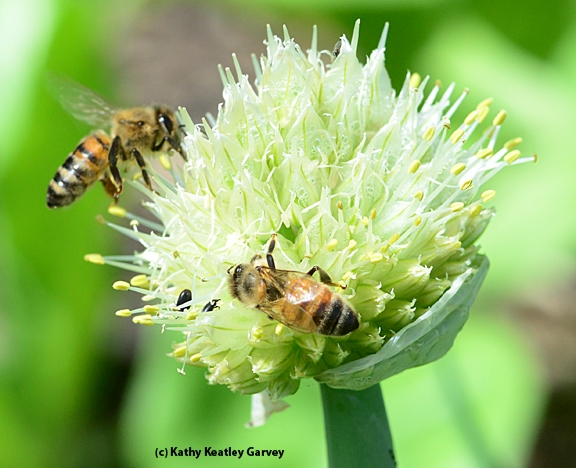
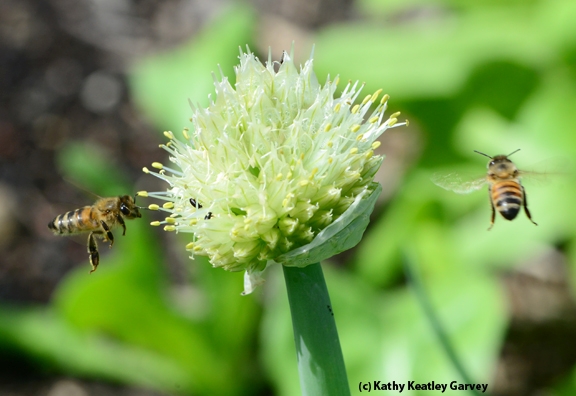
- Author: Kathy Keatley Garvey
Let's hear it for the hedgerows.
Picture native plants, shrub and ground cover bordering agricultural fields and providing habitat for native bees and other pollinators.
Not just bed and breakfast, but bed, breakfast, lunch and dinner. And snacks in between.
Enter population biologist Lora Morandin, with the College of Natural Resource at the University of California, Berkeley.
She'll speak on "Restoring Ecosystem Services in Agricultural Landscapes” from 12:10 to 1 p.m. Wednesday, May 18 in 122 Briggs at UC Davis. This is the last in a series of spring seminars hosted by the UC Davis Department of Entomology.
Morandin's research involves assessing the impacts of pollinator, pest, parasitoid, and predator arthropod populations on Yolo County’s native-plant hedgerows.
“In intense agricultural landscapes, essential ecosystem services are compromised, threatening production and necessitating external inputs,” Morandin said. “The need for agriculture to be more sustainable and less reliant on external inputs, such as pesticides and managed pollinators, is increasingly being recognized. Yet, there is little information on how restoration practices impact beneficial insect communities and ecosystem services in adjacent production areas.”
Her work involves comparing beneficial and pest arthropod populations in mature and newly established hedgerows to weedy, minimally managed "control" areas.
“Mature hedgerows and controls are located adjacent to processing tomato and we are assessing pest control and pollination in fields,” said Morandin, who received her doctorate in biology from Simon Fraser University, Burnaby, British Columbia. “In newly established hedgerows, monitoring began before restoration--in 2006--allowing us to examine beneficial arthropod reassembly over time. Additionally we are assessing source/concentrator dynamics of restoration and modeling economic costs and benefits of restoration.”
Initial data, said Morandin, suggests that beneficial insect populations can be reassembled with native plant habitat creation. “Examination of ecosystem service benefits and economic analyses are ongoing.”
Since becoming a National Science Foundation postdoctoral visiting scholar at UC Berkeley in 2009, she has pursued the general topic of restoration of ecosystem services in agricultural landscapes. She served as a Natural Sciences and Engineering Research Council (NSERC) postdoctoral fellow at UC Berkeley from 2007 to 2009, when she researched the re-establishment of beneficial insect populations in degraded agricultural landscapes.
The beneficial insects include the cuckoo bee (below). UC Davis native pollinator specialist Robbin Thorp, emeritus professor of entomology, identified it as in the genus Triepeolus (maybe Epeolus) and "probably a male."
